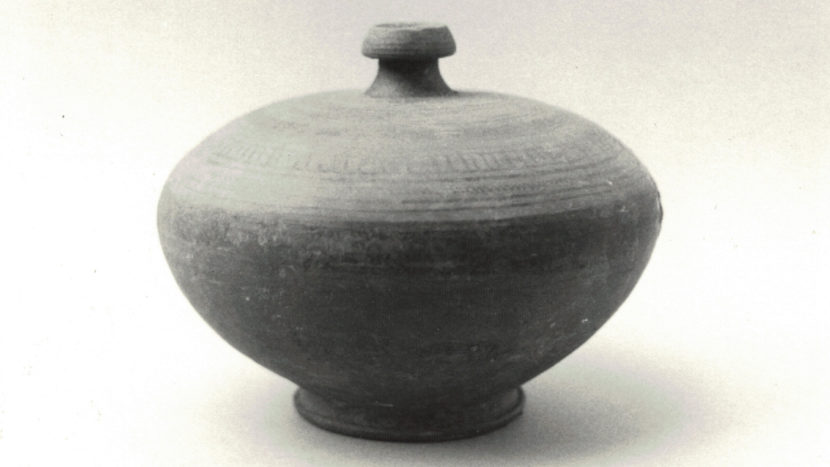The museum houses archaeological finds that testify to the presence of human beings on the Grigne mountains since prehistory. But the presence of Celtic and Roman populations were particularly important for Esino’s history.
Finds related to the Celts, who occupied the area between the IX-I century B.C. bringing the Golasecca and later the La Tène cultures, include burial goods, with fibulae (brooches for both men’s and women’s clothing), armillary (armbands and bracelets, for both sexes), pendants and pottery (cinerary urns linked to burial rites).
The discovery of warriors’ tombs gave archaeologists the opportunity to study their extensive armoury, including lances, swords, sheaths, knives and shields. Other finds have included objects such as razors, pincers and shears. One interesting detail of warriors’ burial rites can be seen in their swords, which were deliberately deformed so that nobody else could use them.
As regards the Romans, the village has revealed the tombs of people sometimes buried with goods such as IV century coins, bronze dice, tableware and other objects.
→ the Museo delle Grigne archaeology collection on Wikimedia Commons
In the photo, a Celtic spinning top (Associazione Amici del Museo delle Grigne Onlus / Wikimedia Commons).

